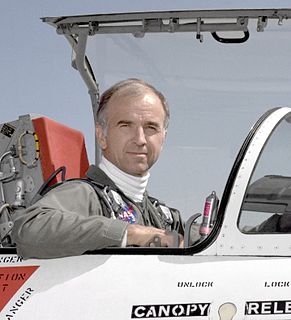| Privately held company | |
| Industry | Aerospace |
| Founder | Greg Cole |
| Headquarters | Bend, Oregon , United States |
| Products | Gliders |
| Website | windward-performance |
Windward Performance is an aircraft design house and manufacturer located in Bend, Oregon. The company is owned and led by Greg Cole. Windward Performance has helped numerous companies with technical expertise and in house they designed and developed the SparrowHawk ultralight sailplane and the DuckHawk high strength, high performance 15m sailplane. [1]

Bend is a city in, and the county seat of, Deschutes County, Oregon, United States. It is the principal city of the Bend-Redmond Metropolitan Statistical Area. Bend is Central Oregon's largest city, and despite its modest size, is the de facto metropolis of the region, owing to the low population density of that area. Bend recorded a population of 76,693 at the time of the 2010 U.S. Census, up from 52,029 at the 2000 census. The estimated population of the city as of 2017 is 94,520. The Bend-Redmond metro population was estimated at 165,954 as of July 1, 2013. It is the fifth largest metropolitan area in Oregon.

The Windward Performance SparrowHawk is an American mid-wing, single-seat glider that was designed and produced by Windward Performance.
The Windward Performance DuckHawk is an American mid-wing, single-seat, 15-metre class glider, that was designed and produced by Windward Performance of Bend, Oregon.
The company also designed and built the Perlan II stratospheric glider which now holds the sailplane world altitude record at 52,172 ft. [2]

The Windward Performance Perlan 2 is an American mid-wing, two-seats-in-tandem, pressurized, experimental research glider that was designed by Greg Cole and built by Windward Performance for the Perlan Project.










